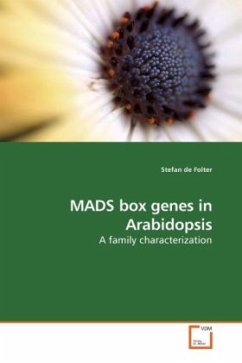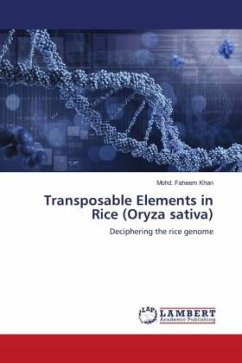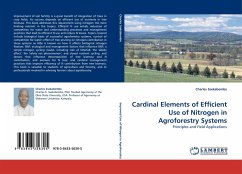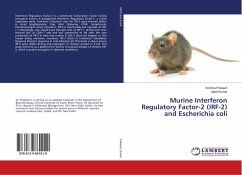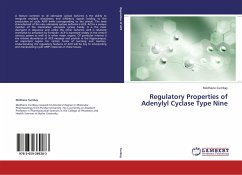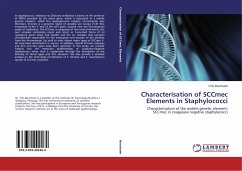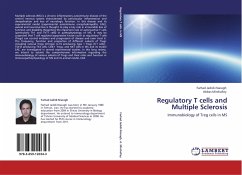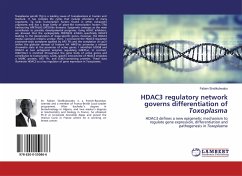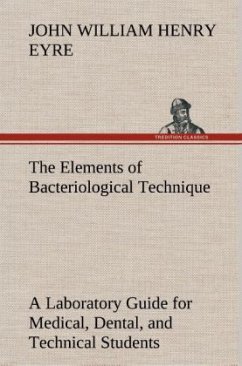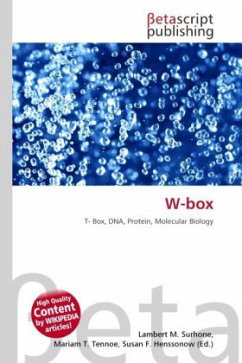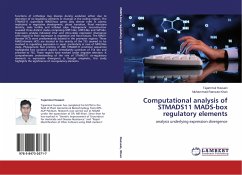
Computational analysis of STMADS11 MADS-box regulatory elements
analysis underlying expression divergence
Versandkostenfrei!
Versandfertig in 6-10 Tagen
36,99 €
inkl. MwSt.

PAYBACK Punkte
18 °P sammeln!
Functions of orthologs may diverge during evolution either due to alteration of cis-regulatory elements or changes in the coding regions. The STMADS11 superclade MADS-box genes play diverse roles in plants; implicated in vegetative development, phase transition, floral meristem identity, male fertility and inflated calyx. Phylogenetic reconstruction revealed three distinct clades comprising MPF1-like, MPF2-like and SVP-like. Expression analysis indicated inter and intra-clade expression divergence with regard to their expression in vegetative and floral tissues. The MADS-domain HCTs were predo...
Functions of orthologs may diverge during evolution either due to alteration of cis-regulatory elements or changes in the coding regions. The STMADS11 superclade MADS-box genes play diverse roles in plants; implicated in vegetative development, phase transition, floral meristem identity, male fertility and inflated calyx. Phylogenetic reconstruction revealed three distinct clades comprising MPF1-like, MPF2-like and SVP-like. Expression analysis indicated inter and intra-clade expression divergence with regard to their expression in vegetative and floral tissues. The MADS-domain HCTs were predominantly located in the promoter regions. These MADS-domain HCTs are located in the vicinity of the TSS seemed to be involved in regulating expression in sepal, particularly in case of MPF2-like clade. Phylogenetic foot printing of -2kb STMADS11 promoter sequences highlighted two conserve regions; immediately upstream of TSS site and proximal to TSS. These regions have evolved under negativeselection. A comprehensive understanding of the role of STMADS11 cis-regulatory elements in expression divergence is though enigmatic, this study highlights the significance of cis-regulatory elements.



